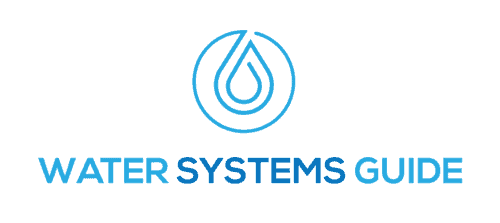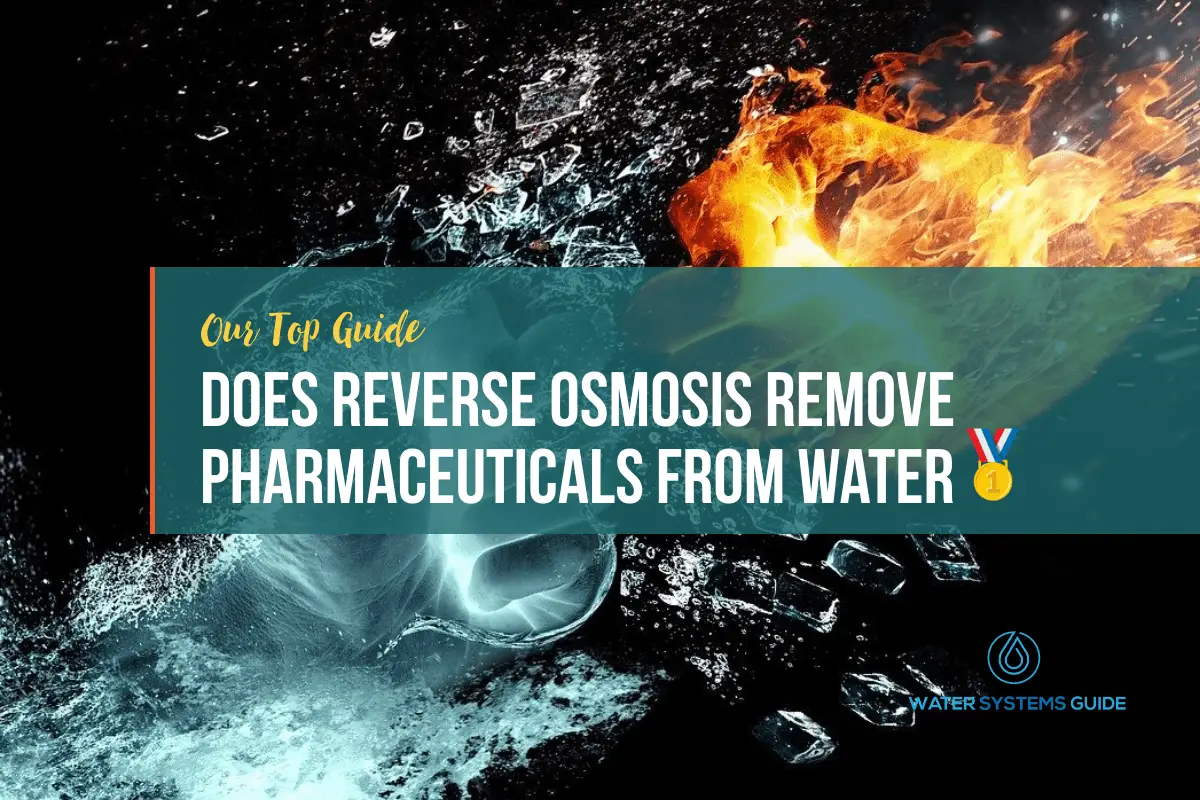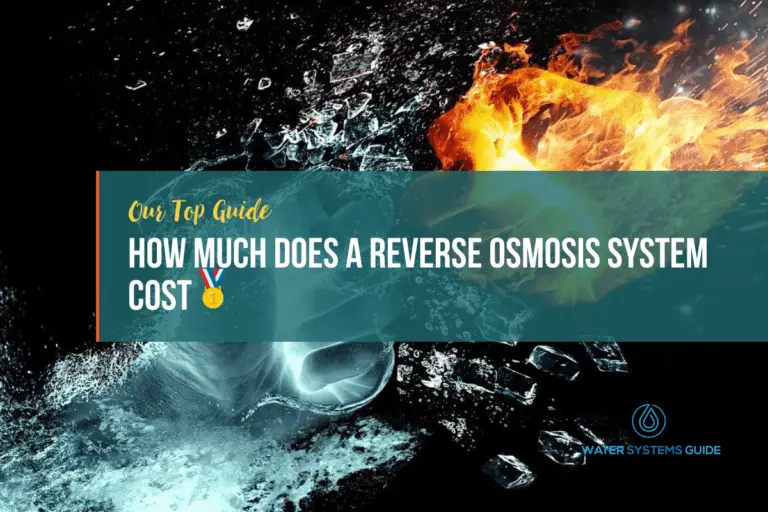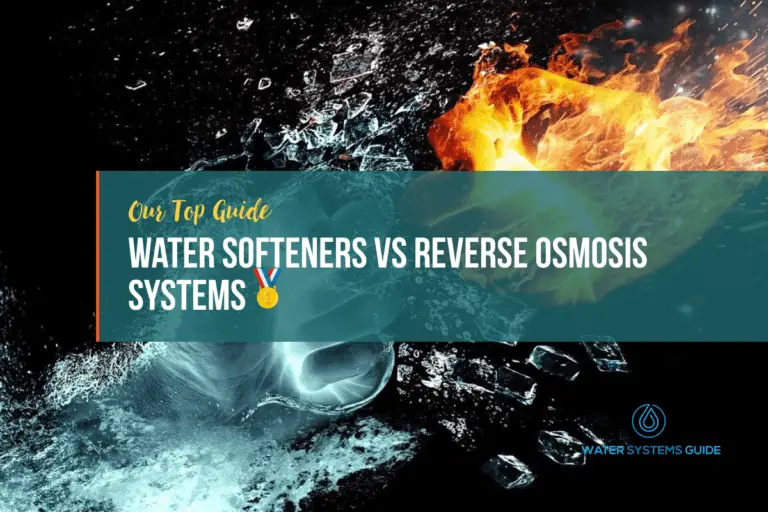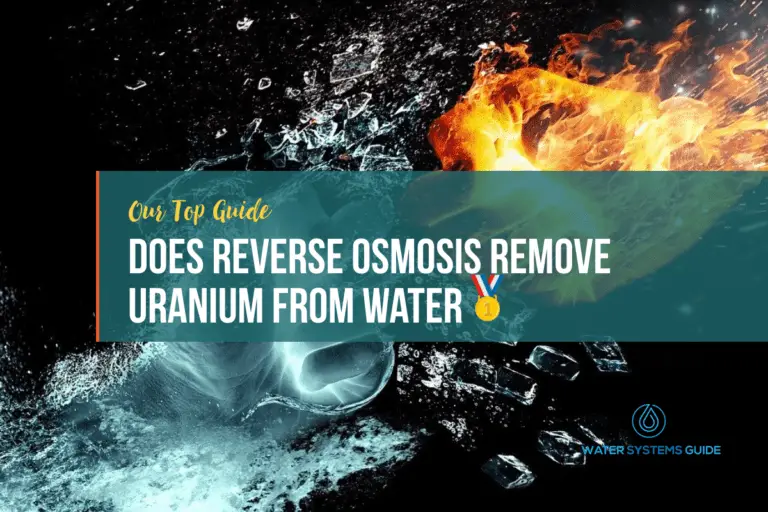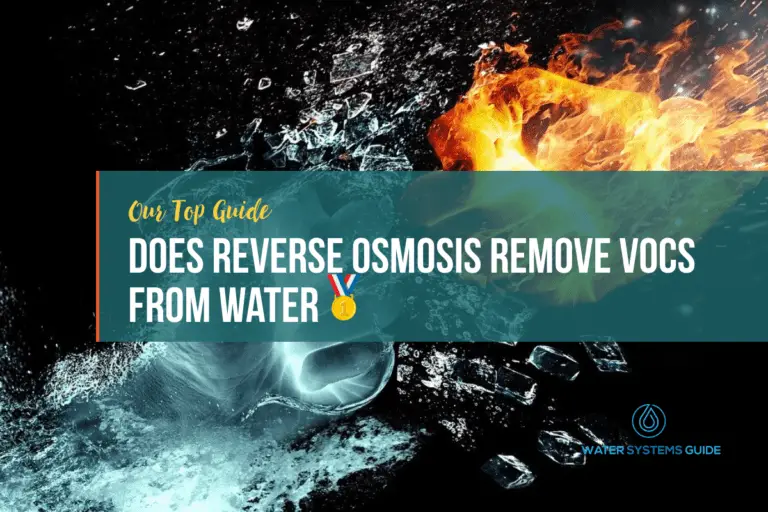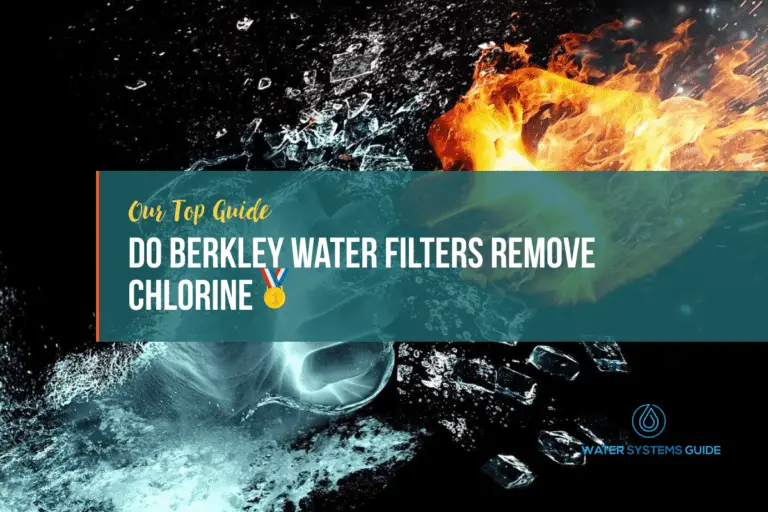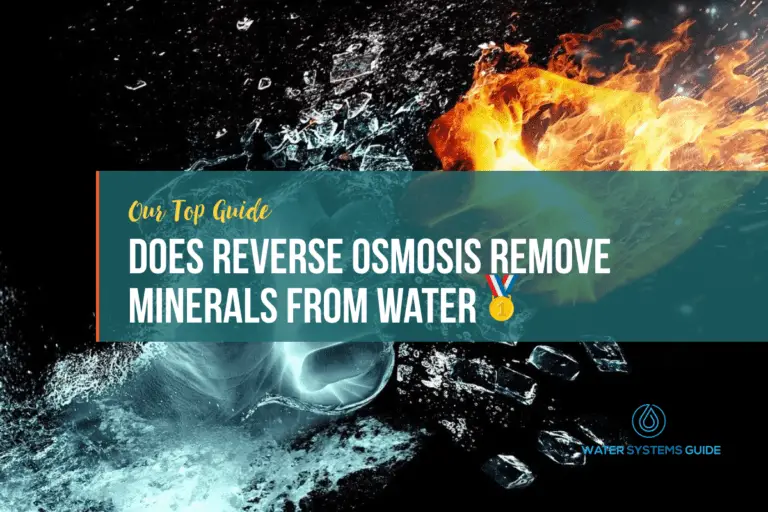Does Reverse Osmosis Remove Pharmaceuticals From Drinking Water
How Does Reverse Osmosis Work?
What are pharmaceuticals and where are they found?
Pharmaceuticals are a type of drug that is used to treat various medical conditions. They can be found in a variety of places, including pharmacies, hospitals, and online retailers. Pharmaceuticals are typically regulated by the government to ensure that they are safe and effective for use.
With that being said, how exactly do pharmaceuticals get into the water supply?
How do pharmaceuticals get into a home’s water supply
According to a study by the Environmental Working Group (EWG), pharmaceuticals are finding their way into our home water supply. These drugs end up in our water supply when we flush them down the toilet or sink, or when they are disposed of in landfill sites. Once in the water supply, these drugs can end up in our drinking water.
There is currently no regulation of pharmaceuticals in the United States water supply, which means that there is no way to know how much of these drugs are present in our water. However, studies have found that a wide variety of pharmaceuticals are present in both treated and untreated water supplies.
While the levels of these drugs in our water supply are generally low, there is concern that long-term exposure to low levels of pharmaceuticals may have adverse health effects. There is also concern that the presence of these drugs in our water supply may lead to the development of drug-resistant bacteria.
It’s clear that the health implications of pharmaceutical drug exposure are not great (especially for otherwise healthy individuals) as we’ll discuss in the next section. And the fact that water supplies are not actively tested for levels of pharmaceuticals means that it’s important to get your water tested, and then have some kind of water filter system if there are harmful contaminants present.
The Impact Of Pharmaceuticals on Human Health
The human body is designed to function optimally when provided with the right nutrients, including vitamins, minerals, and other essential substances.
However, when people are not getting enough of these nutrients from their diet, they may turn to pharmaceuticals in an attempt to improve their health. While some pharmaceuticals can be beneficial, others can have a negative impact on human health.
For example, some pharmaceuticals can interact with other medications and cause harmful side effects.
In addition, some pharmaceuticals can be addictive and lead to dependence or even overdose, and in the case of antibiotics, can cause bacterial resistance, making bacterial infections harder to treat.
Therefore, consuming pharmaceuticals without knowing obviously poses some extremely serious health issues.
Does Reverse Osmosis Remove Pharmaceuticals From Water?
Reverse osmosis is a process that can be used to remove pharmaceuticals from water. This process works by using a semipermeable membrane to separate the contaminants from the water. The water is then forced through the membrane, which leaves the contaminants behind. This process can be very effective at removing pharmaceuticals from water, but it is also quite costly, with having to buy either a point-of-entry (POE) or point-of-use (POU) reverse osmosis system.
With that being said, according to RO manufacturer PureAqua, “reverse osmosis has shown to be the only water purification system that can eliminate virtually all pharmaceutical contaminants.”. Another manufacturer has confirmed that it can provide up to 99.99% removal of such elements, so we can confirm that it’s very effective
However, before going out and buying such a system, it’s important to note that they differ in the number of filter stages, with some units having additional filtering stages, which optimize its function for removing certain contaminants and pharmaceutical compounds. So we advise reaching out to the manufacturer to confirm whether a particular RO water filtration system is able to remove all pharma contaminants.
Therefore, once you’ve tested your water, if there are pharmaceuticals present, you should consult with a water treatment specialist to find a system that will effectively remove them.
What Else Does Reverse Osmosis Remove?
How Else Can I Remove Pharmaceuticals from My Water Supply?
There are really only two effective ways to remove such contaminants from water, RO and Nanofiltration. Both of which can remove up to 99.99% of pharmaceutical compounds.
Conclusion
In conclusion, does reverse osmosis remove pharmaceuticals? It certainly does, to a high level of proficiency. It’s recommended to get your water professionally tested, to see which type of RO system is ideal for your situation, whether it’s a POU (under sink RO unit) or POE (whole house RO unit) system.
